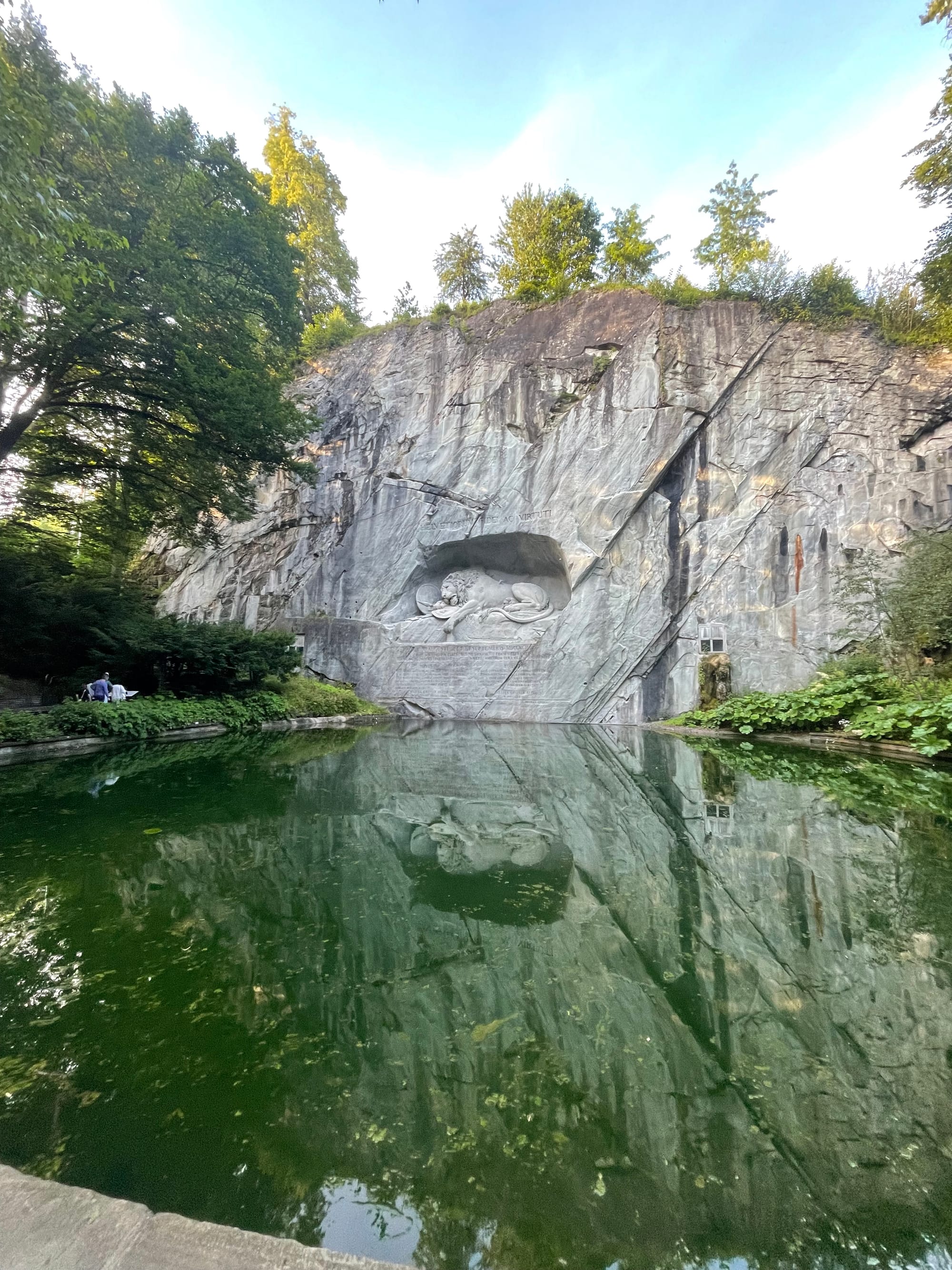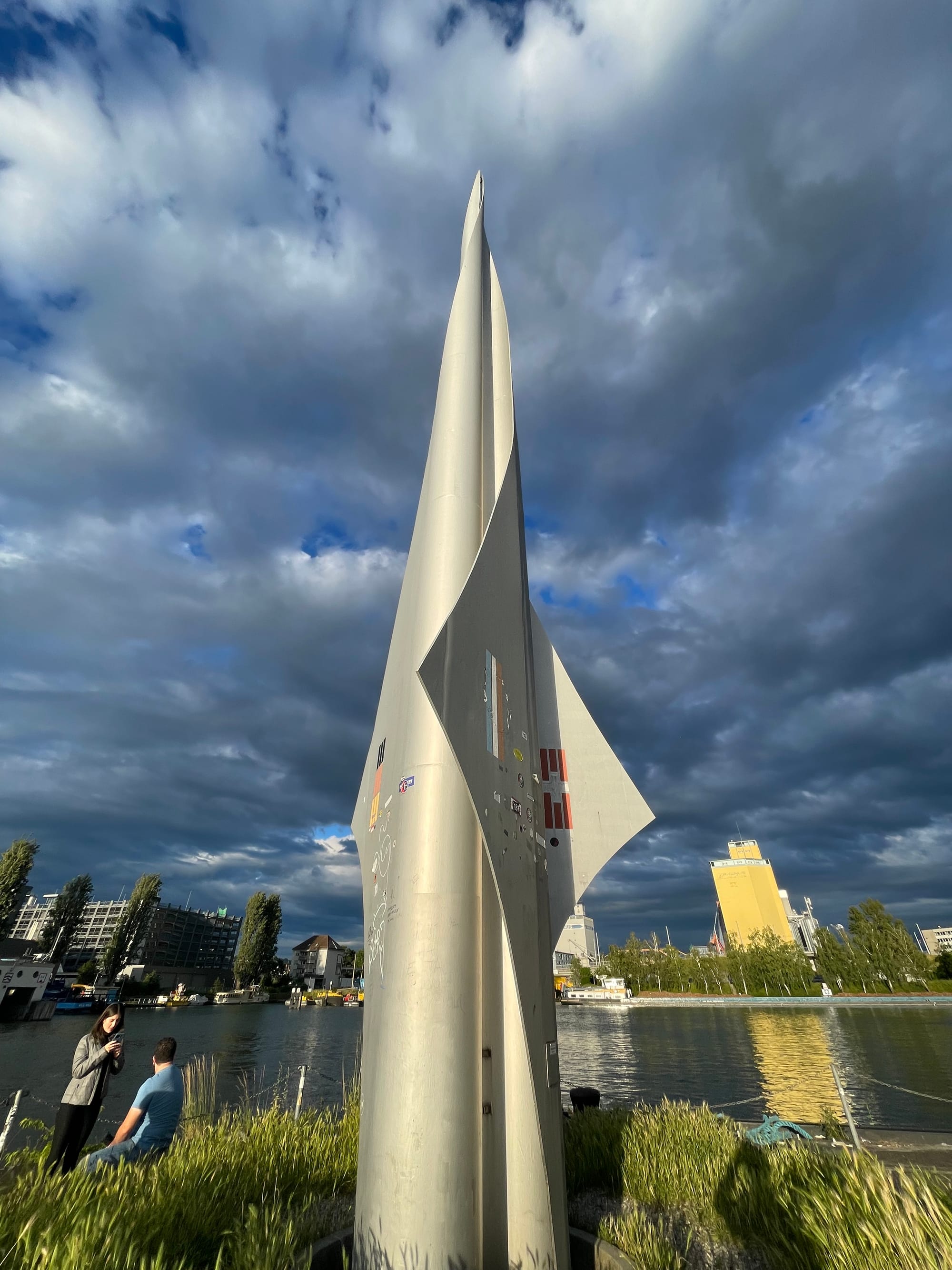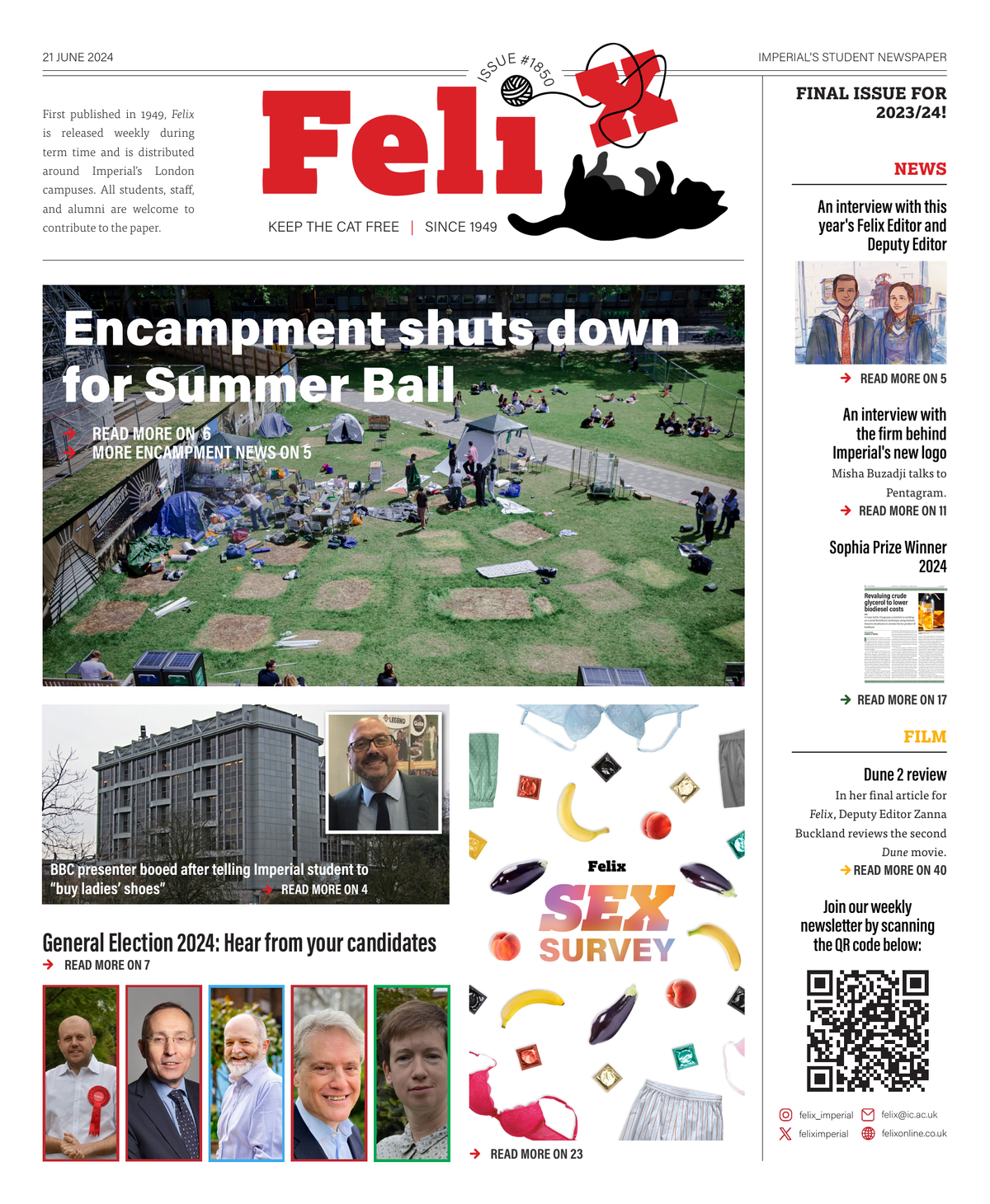Solo in zhe Schwyz
Felix’s Travel Editor Charlotte shares her exploration of four towns in Switzerland on a week-long solo trip, and her tips on traveling alone.
Plopped between France, Germany, Austria, and Italy lies the multi-cultural haven of banking, cheese, and scenic mountain ranges – a well-connected country ideal for an inexperienced female solo traveler on her first trip alone. Unlike most countries in this world, Switzerland is difficult to explore on a low budget as most prices are at least twice the cost of necessities in London. However, I noticed quickly that I was always paying for quality, health, and most importantly, safety. From Sunday to Sunday, I visited St. Gallen, Zurich, Lucerne, and Basel to enrich myself with the country I have been curious about for the last few years.
St. Gallen
St. Gallen is known for Universität St. Gallen, a top-tier business school situated close to Bodensee, a lake bordered by south-west Bavaria, Austria, and Switzerland. A quaint little university town squished in a small valley, it seems ideal for a peaceful suburban lifestyle, and safe for children and young adults. I visited the usual series of historic museums, university campuses, and churches, only to find myself content and satisfied after 24 hours, ready to move to Zurich.
Zurich
A city well-centered in the country and sitting at the peak of an exquisite and long lake, it is nothing short of traditional aristocratic beauty. Clean streets, shops galore, museums catering to different niche interests, and architecture reminiscent of the Middle Ages. While this may describe most European cities, Zurich is the most organised and the best-maintained city that I have travelled to in the Western Hemisphere, second overall to Tokyo and Seoul.

The attractions offered by Switzerland’s cultural capital, such as the Swiss Natural Museum – a mass collection of various historical items – and the House of Art – an exhibition of modern and world-famous art pieces – further convinced me of the country’s even-handed approach to historical conservation and modern advancement alike. Funnily enough, the Natural History Museum of Zurich neighbors the city’s most prestigious technical and scientific university, ETH. As if I had not seen this before.
Besides the usual mass of cultural attractions embodied by beautiful churches, statues, and fountains, Zurich is also home to the FIFA headquarters and its associated museum. A rather fun way to spend an hour or two, I learnt about the organisation’s history, the most historic players, which countries joined where and when, all the while surrounded by dramatic action-packed videos and background music highlighting the global importance of the World Cup. Nobody is more patriotic than fans of football, for sure.
Lucerne
A smaller and more peaceful version of Zurich, I found Lucerne to be beaming with beauty and filled with unique attractions. First of all, there is a statue of a lion engraved into a stone wall, a monument commemorating the loss of Swiss lives in the French Revolution. Secondly, its picturesque lake sits between monstrous mountains, all prepared to be hiked upon and admired by locals and tourists. I spent one day hiking Mount. Pilatus. The fresh air, the spectacular top view, and the fun of walking and climbing itself all reminded me of why I love the Alps so much. Thirdly, it is home to the Museum of Transport, a little treat for engineers of all sorts. It hosts a planetarium, multiple aircraft, cars, boats, trains, exhibitions on energy and transport, and of course a museum dedicated to Lindt chocolate inside.

Basel
The final 24 hours of my trip were in Basel, a city of art and history. On the map, Basel is located at the intersection of France, Switzerland, and Germany, which made the Three-Country Point exciting to visit as I could run into three separate countries within a single minute. Record time, no?

The following morning, exhausted as I was, I took it easy and went on an insightful and amusing two-hour bus ride around the city before visiting the Paper Museum. You may think: paper, how is that interesting? Well, I was surprised by how much I did not about it, along with papyrus, tapa, cloth, the history of language, printing, and producing books. While this could all be taught in a YouTube video, I was pleased when the staff offered me the chance to make my paper from scratch, practice writing with a quill and ink, use the printing machines myself, and type out a little letter on a very loud typewriter. It is little interactive things such as these which I always enjoy in quirky and niche museums.
I returned to the train station, bought myself whichever 10 CHF (£8) sandwich I could find at Migros, the only grocery store at the station open on a Sunday, and hopped onto the train home, happy and satisfied.
Tip: Swiss Travel Pass
The Swiss Travel Pass is an ideal ticket to have for Switzerland. For a six-day youth ticket, I paid 268 CHF (£238) overall, or about 45 CHF (£40) per day. It offers unlimited travel by train, bus, or tram and discounts and free tickets to 500 museums and tours in Switzerland, primarily the main attractions. I saved at least 250 pounds with the ticket. At one counter, I said I had the BaselCard and the Swiss Travel Pass, and the man selling tickets went, “You get it cheaper with the Swiss Travel Pass,” to which I chuckled, knowing I had the almighty ticket of Switzerland.
Tip: Storage
Unless you plan to hike, carrying a large rucksack can be less than ideal for city touring as most museums do not accept them, and it can easily become a nuisance to find accessible storage. Also, your back needs a break.
Moreover, every train station in Switzerland has a storage facility with lockers ranging from S to XL, though the S locker was large enough for a carry-on suitcase. I would check out of the hostel, bring my suitcase to the station, lock it, and pick it up many hours later before hopping onto the train and checking into my next hostel. I paid roughly 10 CHF per transition day for storage.
Tip: Packing
Furthermore, I was sure to pack some items that I generally do not pack when on vacation: shower and hand towels, soap and shampoo for the hostels as they only provide bedsheets, and shower slippers to protect my feet from other people’s foot fungi. I packed a lock which came in useful at the last hostel that didn’t provide locks with their lockers. A portable cutlery set, but not any containers, as I ate most meals from the grocery store and I didn’t need the single-use cutlery. Generic hygiene products such as hand sanitiser, tissues, and biodegradable wet wipes. One pair of shoes for all conditions: I chose waterproof hiking boots as then I didn’t need to pack extra hiking boots for my trip up the mountain, I could explore the town for multiple hours on foot without getting any blisters and my feet stayed dry during the occasional rain showers. A day pack with all essentials as I did not plan to return to the hostel during the day to rest, hence a Kindle for relaxing entertainment, a power bank to charge my phone, a small first-aid kit, and a notebook to write down my thoughts – solo traveling gives opportunity for reflection.
Tip: Tram Safety
All Swiss towns are filled with a dense network of trams, which are smoothly intertwined with the sidewalks and roads. My friend’s advice is to watch out for trams. You would be surprised to learn that 675 tram accidents occurred in 2023, of which many were fatal.
Last Tip
Book tickets for the Lindt Museum in Zurich weeks in advance. It is still on my bucket list and I regret not having prepared well enough. You just know that it will be the highlight of your stay.
Overall, the trip was a good start to a new yearly tradition, and the country was a beginner-friendly place to explore solo travelling. It can be frightening to travel alone, and I definitely called my friends and family a lot, but as long as I had an internet connection, tried to blend in with the locals, and used common sense, I felt safe enough to enjoy the trip. Final tip: if a stranger at the hostel asks you if you are alone, always lie. “My friend is upstairs,” I said.










